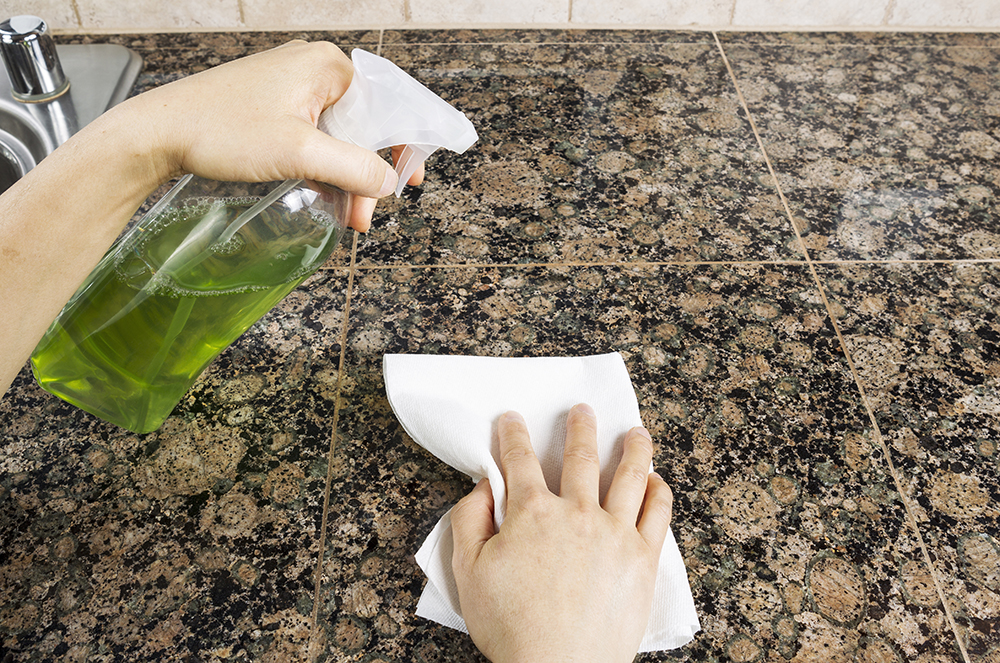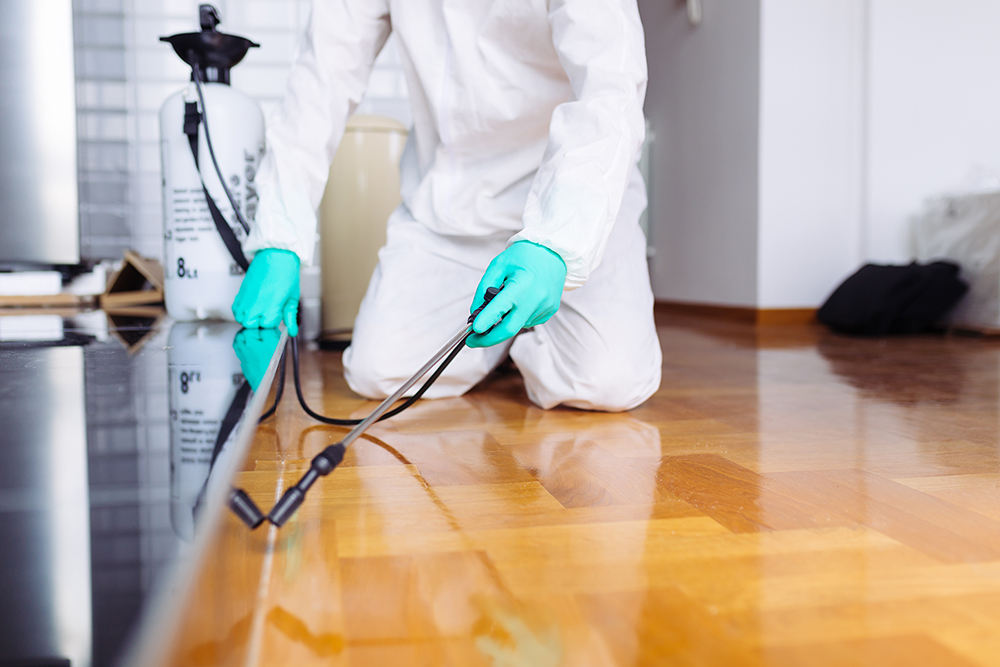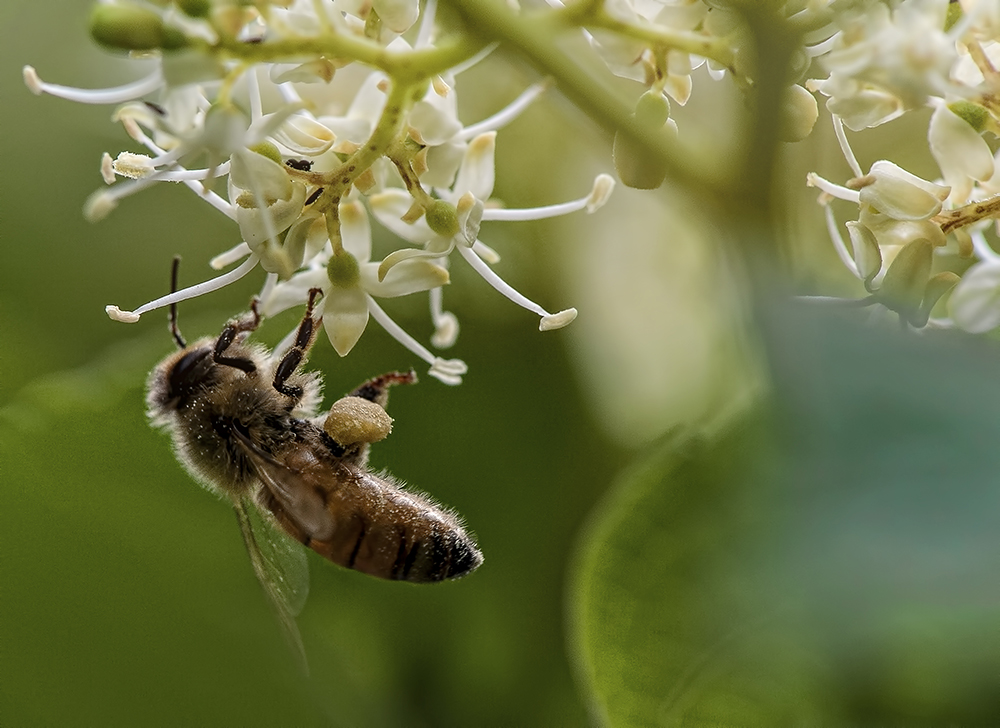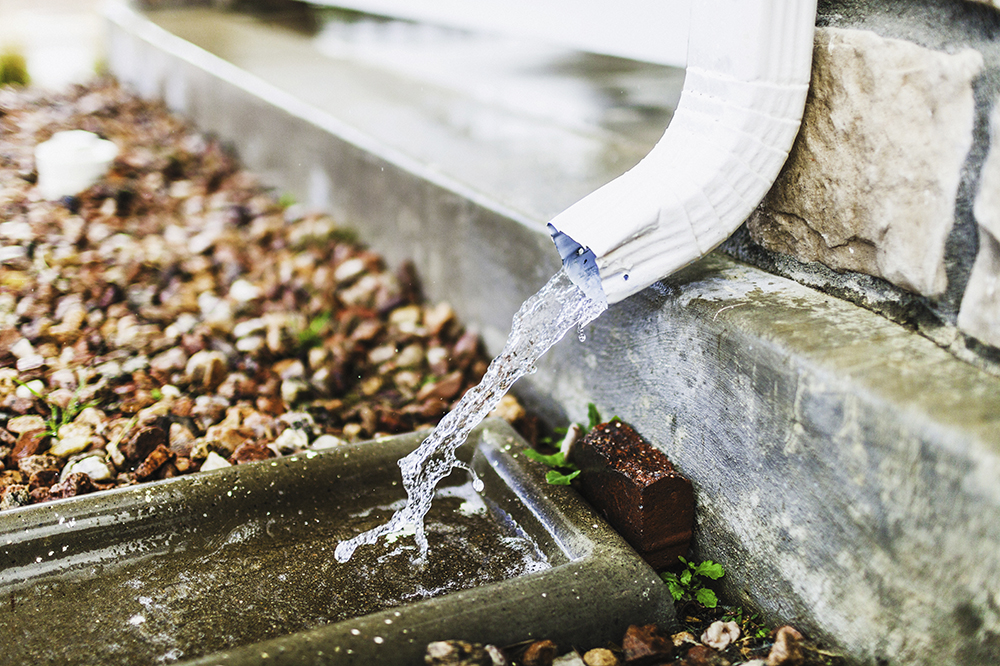There could be a number of different sources for your allergy-induced runny nose and itchy eyes this spring. But with these 10 tips on hand, you can make sure the cause isn’t coming from your own home.

Dust Mites
A runny nose, itchy skin and watery eyes are just a few of the symptoms people feel who are allergic to dust mites. These microscopic pests feast on pet and human dander (yes, gross) and thrive in warm, humid environments. Frequently wiping down hard surfaces with a damp, ultra-absorbent paper towel will help eliminate dust and dander altogether and is an effective first step.

Pesky Pollen
As buds burst open and spring begins to unfurl, those of us who suffer from hay fever begin to feel the telltale signs of an allergy to airborne pollen – a scratchy throat, runny nose and sneezing. The best way to minimize the effects is to stay indoors on warmer, windy days, keeping the windows and doors closed. Having a clean, dehumidifying air conditioner with a brand-new filter (to be replaced each month) will help reduce the amount of pollen that finds its way inside as well.

Quite the Dander
Having a family pet has plenty of health positives, such as lowering blood pressure and spiking serotonin levels, but there are some major drawbacks, too. The proteins found in dog and cat dander, salvia and urine can cause allergic reactions or aggravate asthma symptoms in humans. To help reduce allergic flare ups, vacuum the whole house at least once a week with a machine that has a HEPA (high-efficiency particulate) filter.

Air Suds
Pets’ fur can also carry outdoor allergens like pollen and mould spores into the house, so be sure to regularly bathe your beloved creatures. Any soft blankets, throw rugs or bedding that they touch or sleep on should also be regularly laundered in hot water (50 degrees Celsius, if possible). Plus, if you keep your pets out of the bedroom and off furniture, you’ll minimize the spread of those outdoor allergens.

Papa Roach
Besides you much-loved pet, there may be another (less-agreeable) creature roaming around your house that also has a protein with the potential to make you sick – the cockroach. Yes, that’s right, the type of protein found in their droppings, saliva and appendages contains a problematic allergen that can cause coughing, a skin rash or an ear or sinus infection. If you have any signs of these invasive pests, set out traps or roach-killing gels immediately and call a trusted exterminator.

Pillow Talk
Since soft, fabric accessories attract airborne allergens, such as dust mites and pet dander, limiting the number of items in each room will help reduce the household’s allergy footprint. This count is not limited to throw pillows and carpets, but should also include curtains and stuffed toys. Since eliminating soft furnishings from the home altogether is a tad extreme, regularly washing and drying them (in direct sunlight, whenever possible) is a solid allergen-reducing alternative.

Not the Bee’s Knees
On top of roaches and dust mites, there are few other pests that pack an allergen punch, and they’re yellow jackets, honeybees, paper wasps, hornets and fire ants. Extensive swelling and redness, nausea and a low-grade fever can all be symptoms of an insect-sting allergy. To keep these critters out of the house, seal gaps in the floors and walls with silicone caulking, paying special attention with where utility pipes enter. Plus, clean around doors, windows and roof soffits to prevent any nests from forming.

Mould Multiplies
Mould is a major problem for Canadian homes since many of us live in humid climates. Poor ventilation in damp household areas and improper roof drainage can lead to mould spores multiplying. Running a dehumidifier in trouble areas – such as the basement or attic – will help maintain the humidity level at a safe 50 per cent. Cleaning out (and fixing) any blocked or cracked gutters can also help prevent any future mould outcrops from water damage.

Prevention Method
When it comes to household pests (and their nasty allergens), prevention is the best medicine. Always keep your kitchen clean, never allowing dishes to pile up in the sink or food waste to remain on the countertops. Spray down and wipe off counters and appliance surfaces daily, removing any “delicious” smelling tidbits for roaches or mites to eat. Also, take out the trash in a timely manner, keeping it in a sealed trash bin until that time.

It’s What’s on the Inside
While a humid environment and external water damage can cause mould to form, access moisture inside the house has a part to play as well. Regularly cleaning damp areas such as the kitchen and bathroom will help prevent the presence of mould in the first place. To stop mould from developing, use a disinfectant spray cleaner and a sheet or two of super-absorbent paper towels – it’ll really suck up any access dampness.
HGTV your inbox.
By clicking "SIGN UP” you agree to receive emails from HGTV and accept Corus' Terms of Use and Corus' Privacy Policy.




